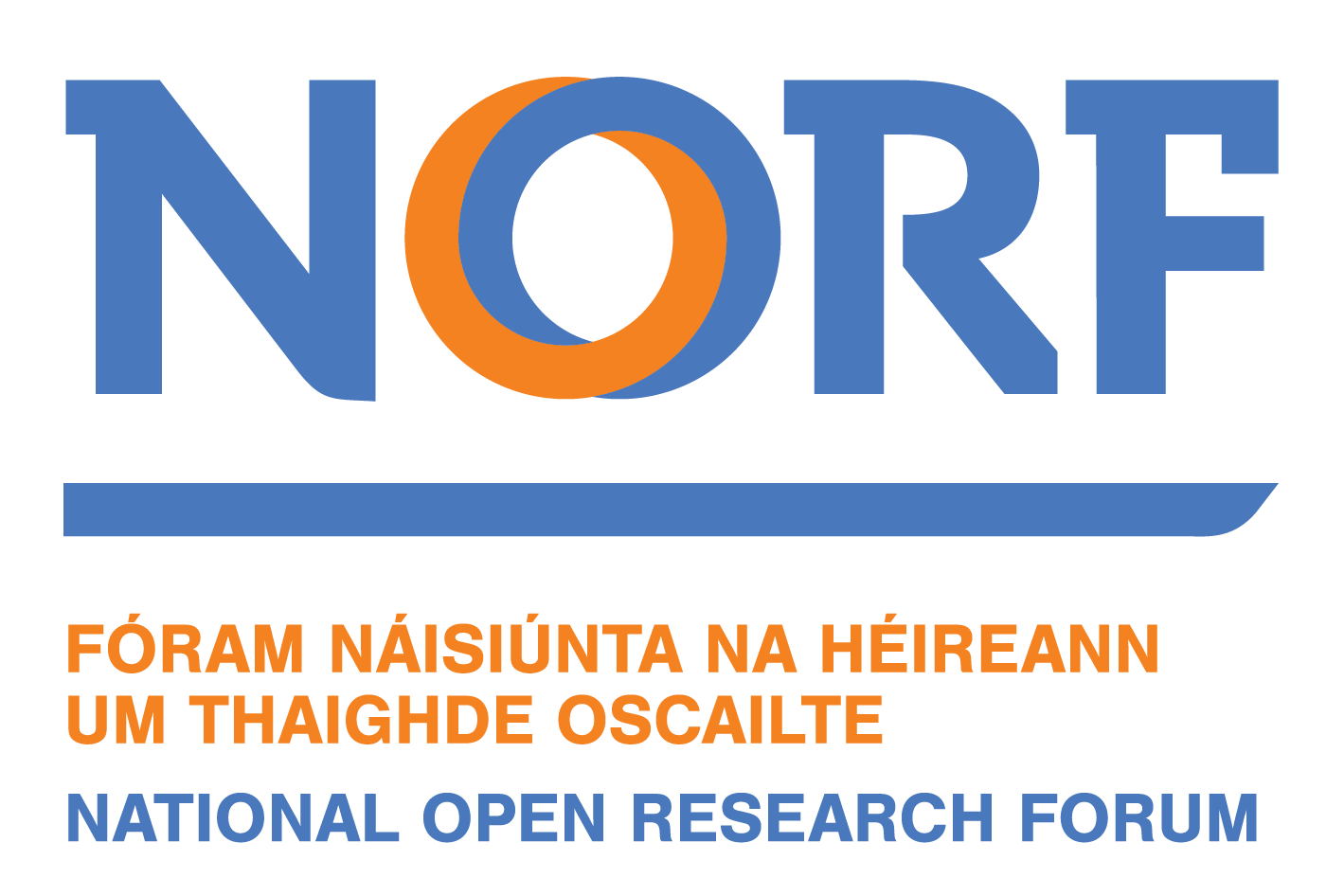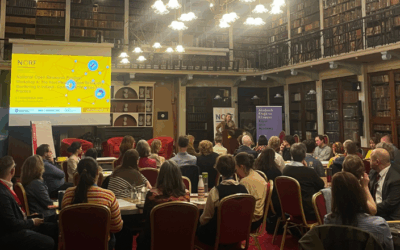This blog is re-posted from the Scholarly Kitchen and you can find it here.
The post coincides with the launch of a cost-benefit analysis commissioned by the Irish National Open Research Forum (NORF) and written by MoreBrains Cooperative, that estimates the return on investment for PID implementations at higher education institutions in Ireland.
In previous posts, (“Why Publishers Should Care About Persistent Identifiers” and “Making the Case for a PID-optimized World“), Alice Meadows (my MoreBrains colleague and fellow Chef) and I have written about the importance and potential benefits of improved information exchange between the systems and databases used by publishers, funders, institutions, and governments. Improving the flow of information between stakeholders is not a straightforward task, but doing so will make information about the connections between policy, funding, researchers, and research activities interoperable and reusable in ways that, at present, they just aren’t — at least not in transparent and reproducible ways. This is one of the reasons why UNESCO states that open science infrastructure is one of the four key components of open science and asks member countries to make appropriate investments to support it.
Common standards and open infrastructure, like persistent identifiers (PIDs) and their associated metadata registries, are vital and necessary, but not sufficient. In competitive environments with limited resources, and with network effects that disadvantage early adopters, collective action is needed to drive advances that will benefit all stakeholders. This need to act collectively is one of the motivations behind the moves towards national open research strategies and national PID strategies that are currently being developed in several countries around the world. One of these countries is the Republic of Ireland, whose National Action Plan for Open Research and Impact 2030 repeatedly reference both open infrastructure and open research. As part of these initiatives, the Irish National Open Research Forum (NORF) asked MoreBrains to conduct a review and analysis of the PID landscape in Ireland. As well as developing a national PID strategy and roadmap, we’ve also conducted a cost-benefit analysis, similar to the previous ones that we did for the UK and Australia. The purpose of the CBA was to demonstrate the utility and sustainability of a centrally funded service to support Irish universities in adopting and implementing PIDs.
It won’t take long to show a return on investment in research infrastructure in Ireland. Using data from Digital Science Dimensions and OpenAlex, we demonstrated that the costs of widespread PID implementation and adoption are quickly outweighed by the savings created simply by alleviating the crushing bureaucratic burden on researchers, who can spend as little as 17% of their time actually doing research. A good chunk of that admin burden is spent on simply reentering the same information about research grants, projects, and outputs into various information and reporting systems. In Ireland alone, that adds up to 4,000 person days annually. Time is money, and those days amount to nearly €1.8 million a year. That’s more than enough to both pay for integrating four priority PIDs (DOIs for grants and outputs, ORCID, RAiD, and ROR) at all the universities across Ireland and also to fund a time-limited centrally funded support service to provide technical and educational support. The final analysis shows that breakeven on this investment would be achieved in less than three years and that it would have a net financial benefit to the country of just over €1.6 million after five years. That’s a lot of money that could be better spent on a variety of resources.
It’s important to remember that these savings simply reflect the reduction in bureaucracy. They don’t include the economic benefits of improved productivity as a result of an additional 4,000 researcher days spent actually doing research — not to mention improved researcher morale. There would likely be other, longer term benefits resulting from having more accurate, complete, and timely information available. For example, better data should lead to better decision making for national industrial strategies and at the institutional level. These types of benefits are harder to predict, because they are dependent on the data being put to good use but that’s no reason not to invest. Given the fact that institutions, funders and governments are already trying to gather this information, making the process easier, more accurate and cheaper means that any longer-term benefits are effectively free money.
The evidence is clear: investing in open infrastructure by supporting PID integrations, solves three problems at once — burden, cost, and data quality.
Phill Jones is a co-founder of MoreBrains Consulting Cooperative. MoreBrains works in open science, research infrastructure and publishing. As part of the MoreBrains team, Phill supports a diverse range of clients from funders to communities of practice, on a broad range of strategic and operational challenges.
He has worked in a variety of senior and governance roles in editorial, outreach, scientometrics, product and technology at such places as JoVE, Digital Science, and Emerald. In a former life, he was a cross-disciplinary research scientist at the UK Atomic Energy Authority and Harvard Medical School.





